News
-
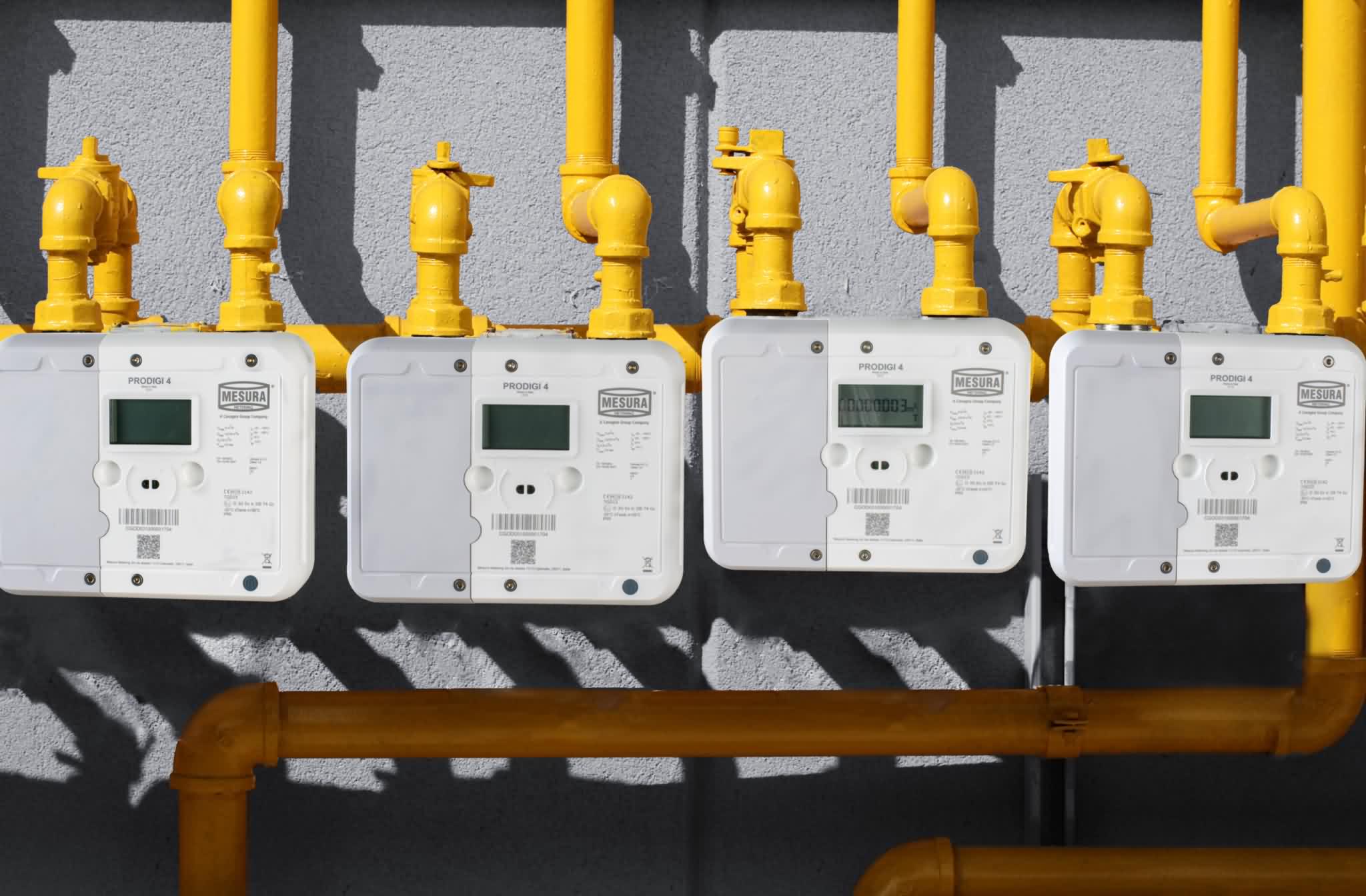
Why Lithium-Thionyl Chloride Batteries Are Ideal for Water and Gas Meters?
With the proliferation of IoT, modern meters now enable remote data transmission and cost control functionalities. These meters require long standby times, and typically have very low power consumption, with power spikes occurring only during data upload or control signal reception. For this powe...Read more -
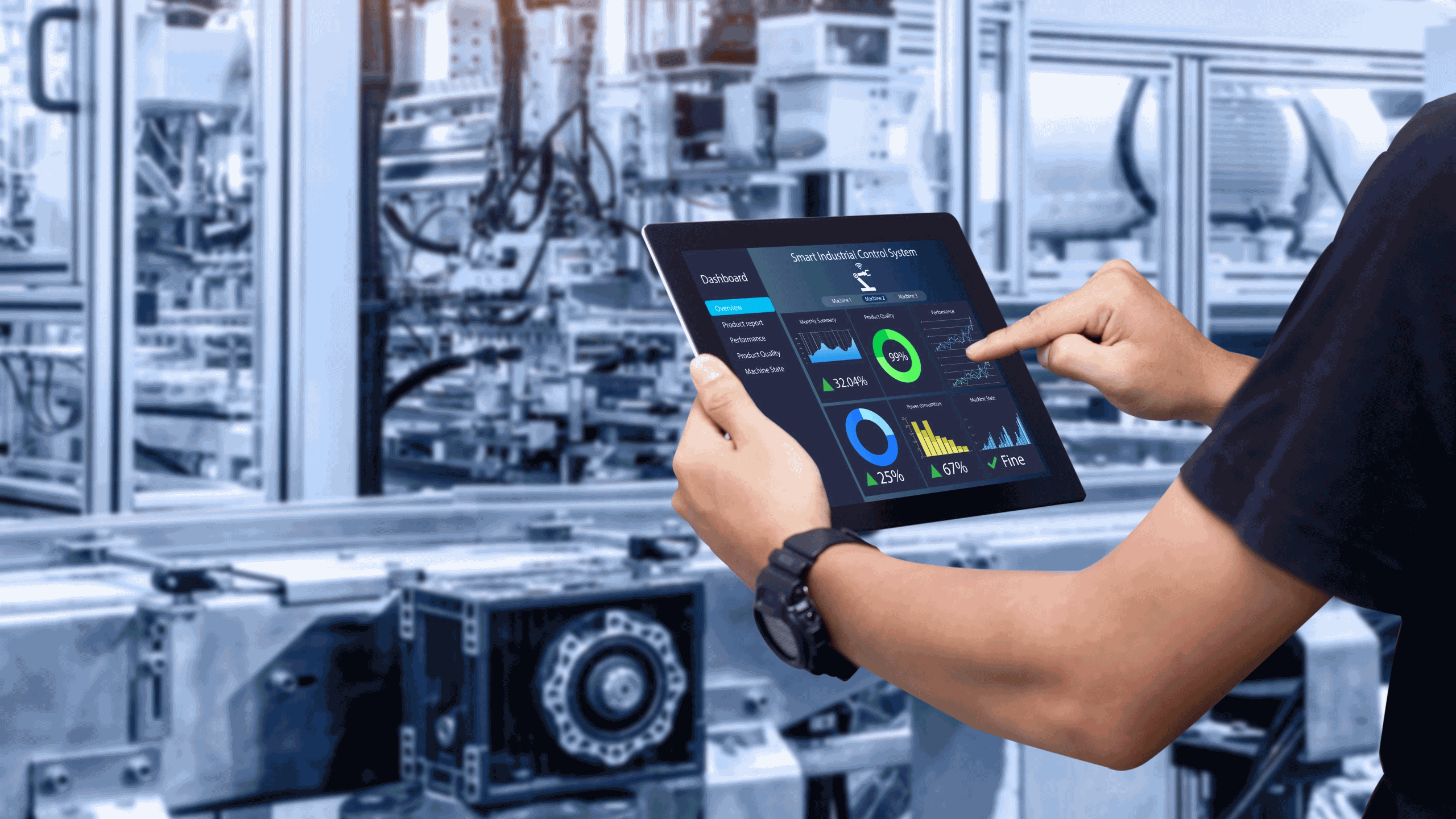
Which types of batteries for your IoT devices?
What are the various batteries available to IoT entrepreneurs and what are their specificities? Both generate electricity through electrochemical reactions between two poles, positive (+) and negative (-), and thanks to an electrolyte (solution). Using various materials for the poles and differen...Read more -

Navigating Extreme Conditions: Are Enhanced Battery Solutions Vital for Oil and Gas?
Our extensive experience spanning decades in both onshore and offshore environments has equipped us with invaluable insights into the unique needs of the oil and gas sector. We provide a comprehensive selection of dependable and robust battery cells and packs, meticulously engineered to withstand...Read more -

Applications About HPC Battery: A New IoT Battery Pack Solutions
PKCELL supply the Hybrid Pulse Capacitor (HPC) battery pack solutions. The HPC is designed to operate in severe environmental conditions over an extended period. It forms a battery pack in parallel with thionyl chloride lithium batteries, which is an excellent power supply choice for low-power co...Read more -
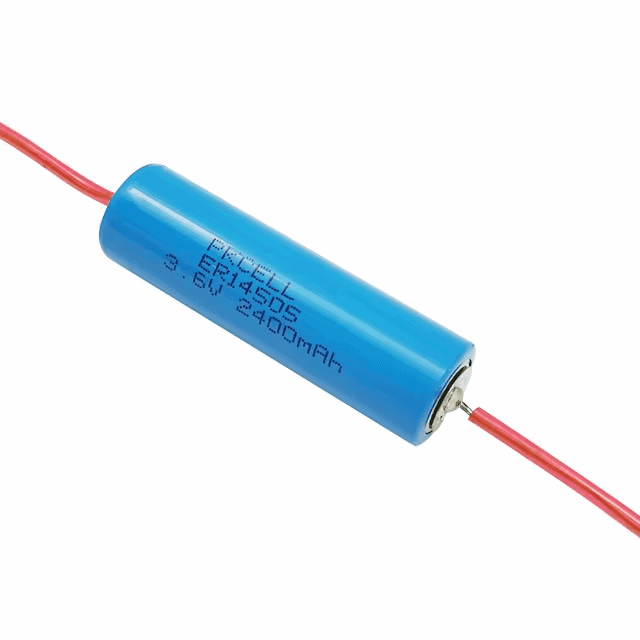
Why Do LiSOCl2 Batteries Incorporate Axial Wires?
Axial wires are thin, straight electrical conductors that are used in various electronic components, including batteries. They are typically used to make internal connections within the battery or to connect the battery to external circuits. Axial wires are named so because they run along the axi...Read more -
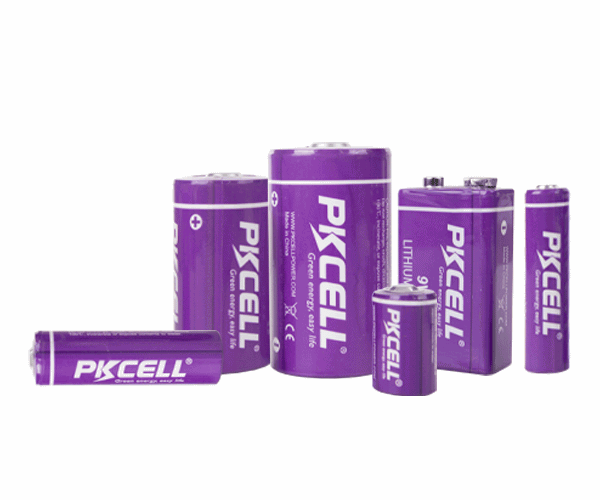
What is the Passivation of a LiSoCl2 Battery? How to Remove?
Passivation in Lithium Batteries Passivation in lithium batteries, particularly those using lithium thionyl chloride (LiSOCl2) chemistry, refers to a common phenomenon where a thin film forms over the lithium anode. This film is composed mainly of lithium chloride (LiCl), a byproduct of the prima...Read more -
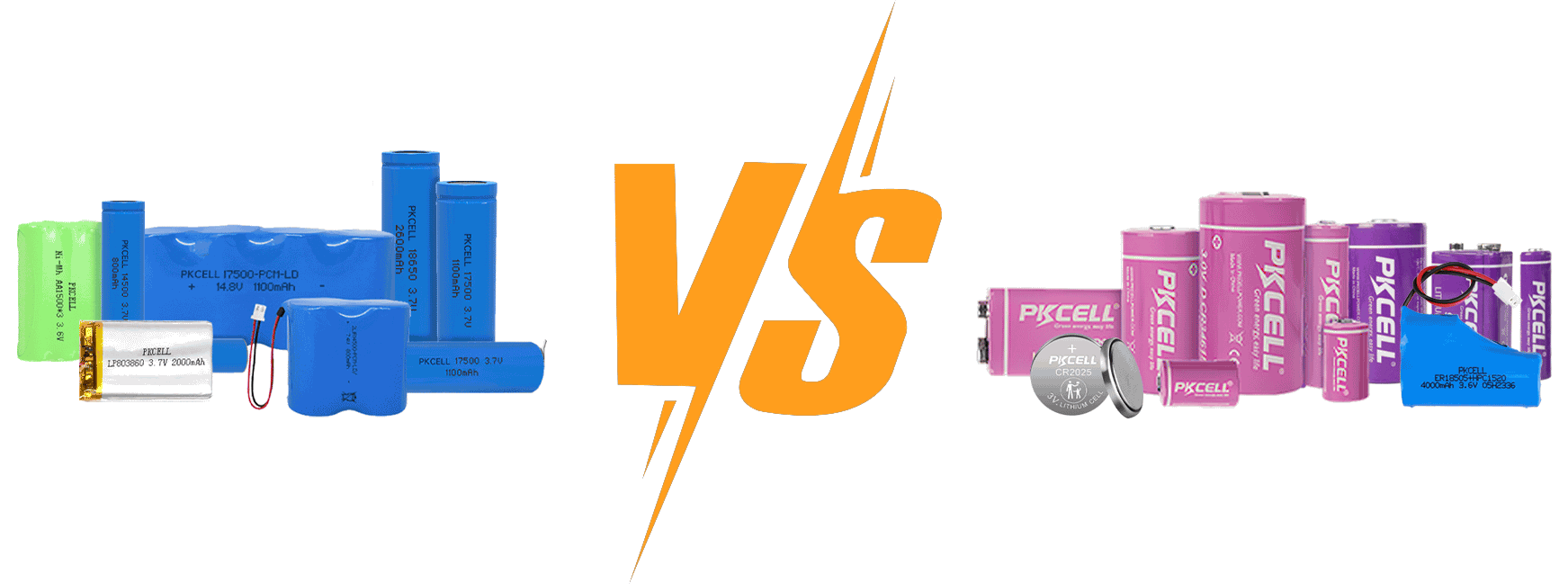
What’s the Difference Between a Primary and Secondary Battery?
In the world of battery technology, understanding the distinctions between primary and secondary batteries is crucial for selecting the right type of battery for various applications. This article will delve into the differences between these two categories of batteries, discussing their construc...Read more -
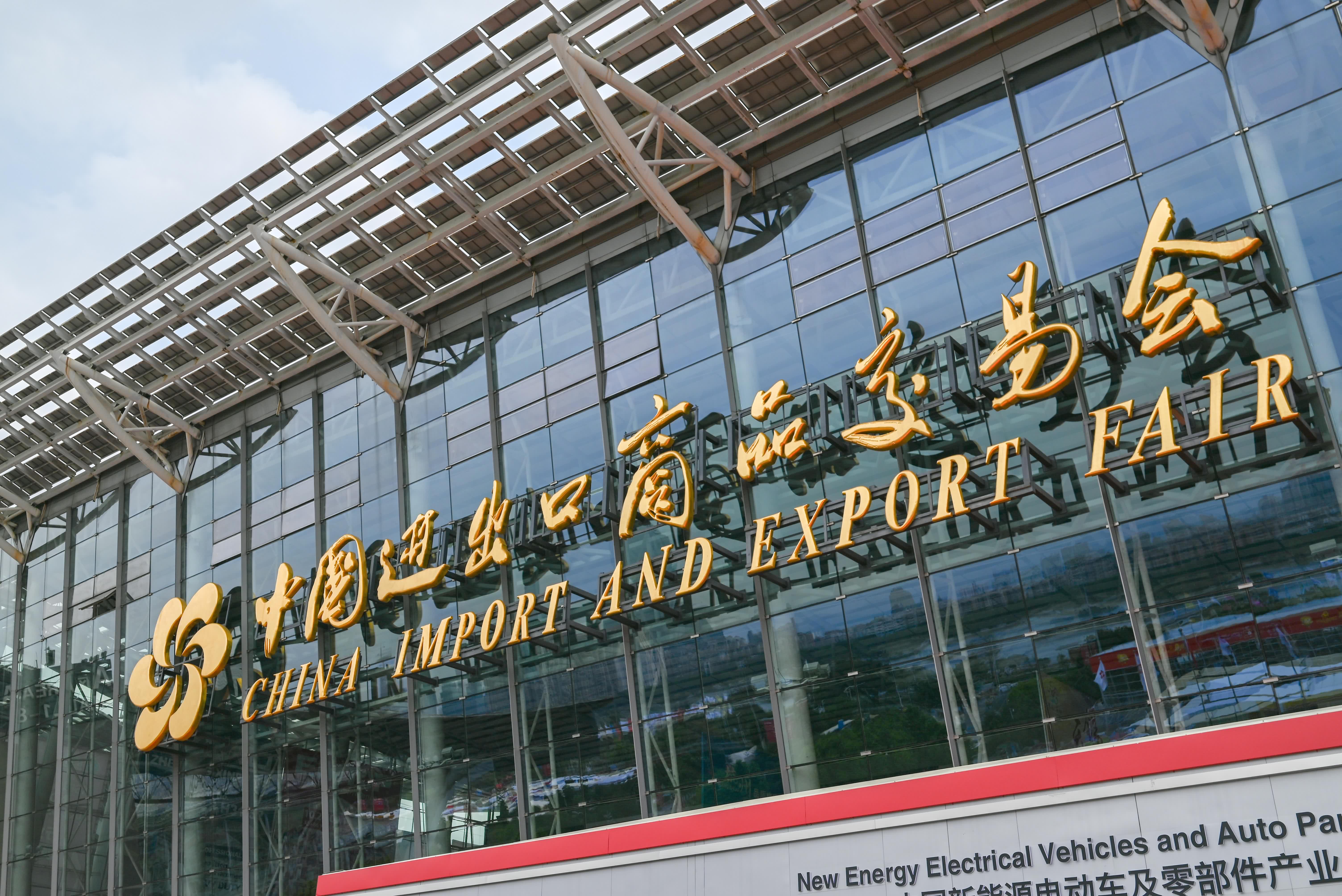
Canton Fair: PKCELL Showcasing Innovation in Battery Technology
This year, we had the exhilarating opportunity to participate in the prestigious Canton Fair, also known as the China Import and Export Fair. Held in Guangzhou, this fair is one of the largest trade events in the world, providing a vital platform for industries to showcase their latest products a...Read more -
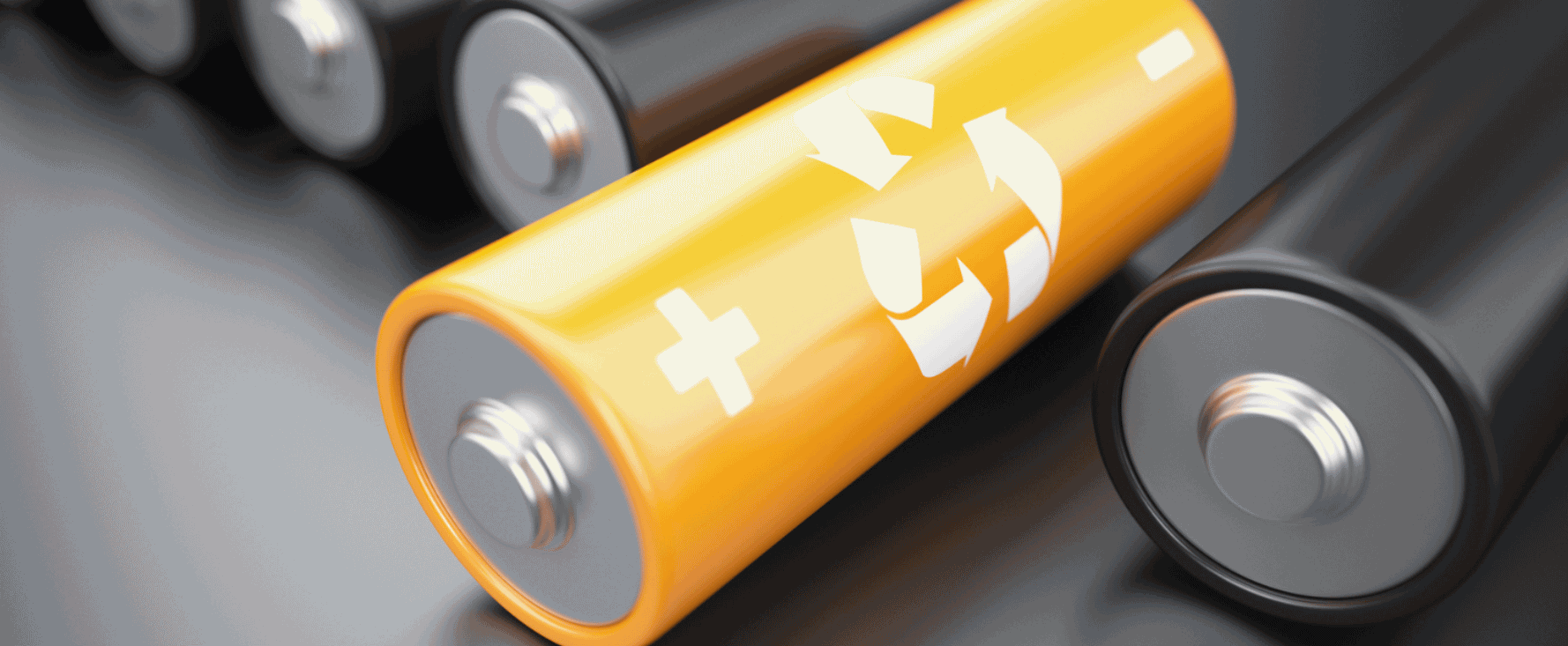
What is the difference between Li ion and Li SOCl2?
When comparing lithium-ion (Li-ion) and lithium-thionyl chloride (Li-SOCl2) batteries, it’s essential to consider their chemistry, performance characteristics, applications, and advantages and disadvantages. This comparison sheds light on why different technologies are suited for varied use...Read more -
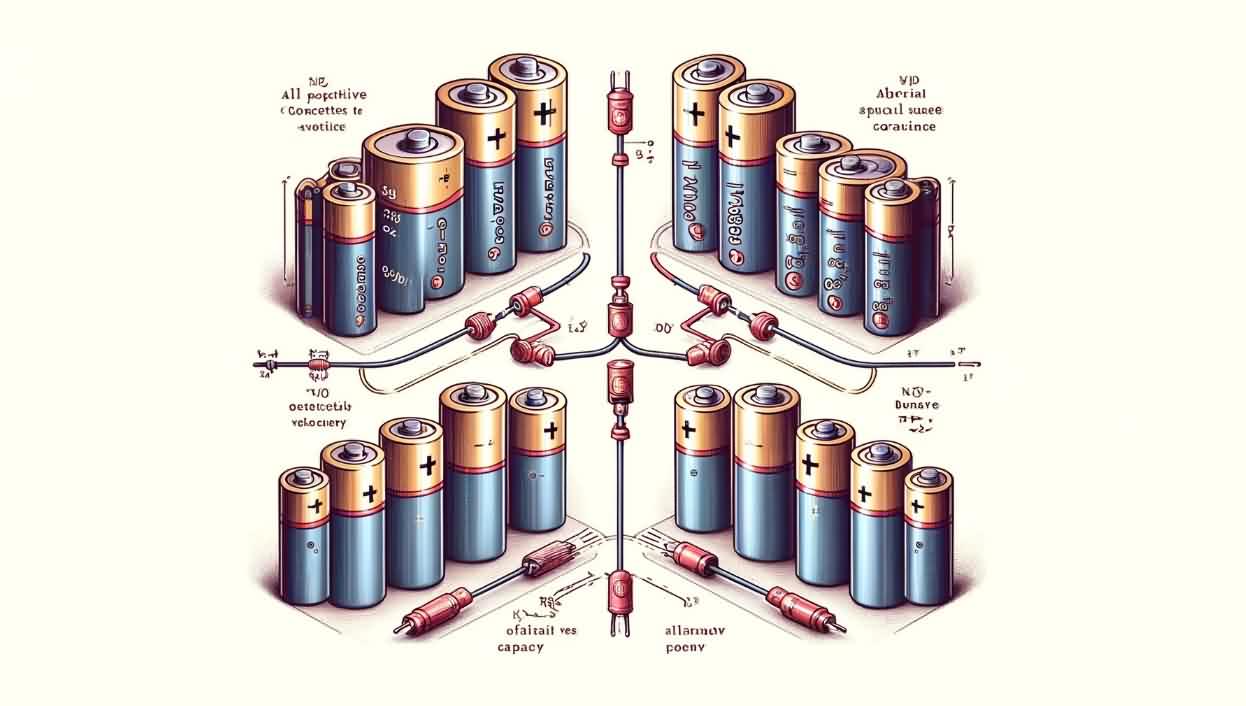
How To Connect Batteries In Series & Parallel
Connecting batteries in series or parallel is a fundamental technique in electronics, offering flexibility in configuring power sources for various applications. This article will guide you through both methods, discussing their principles, benefits, and potential drawbacks. Whether you’re ...Read more -
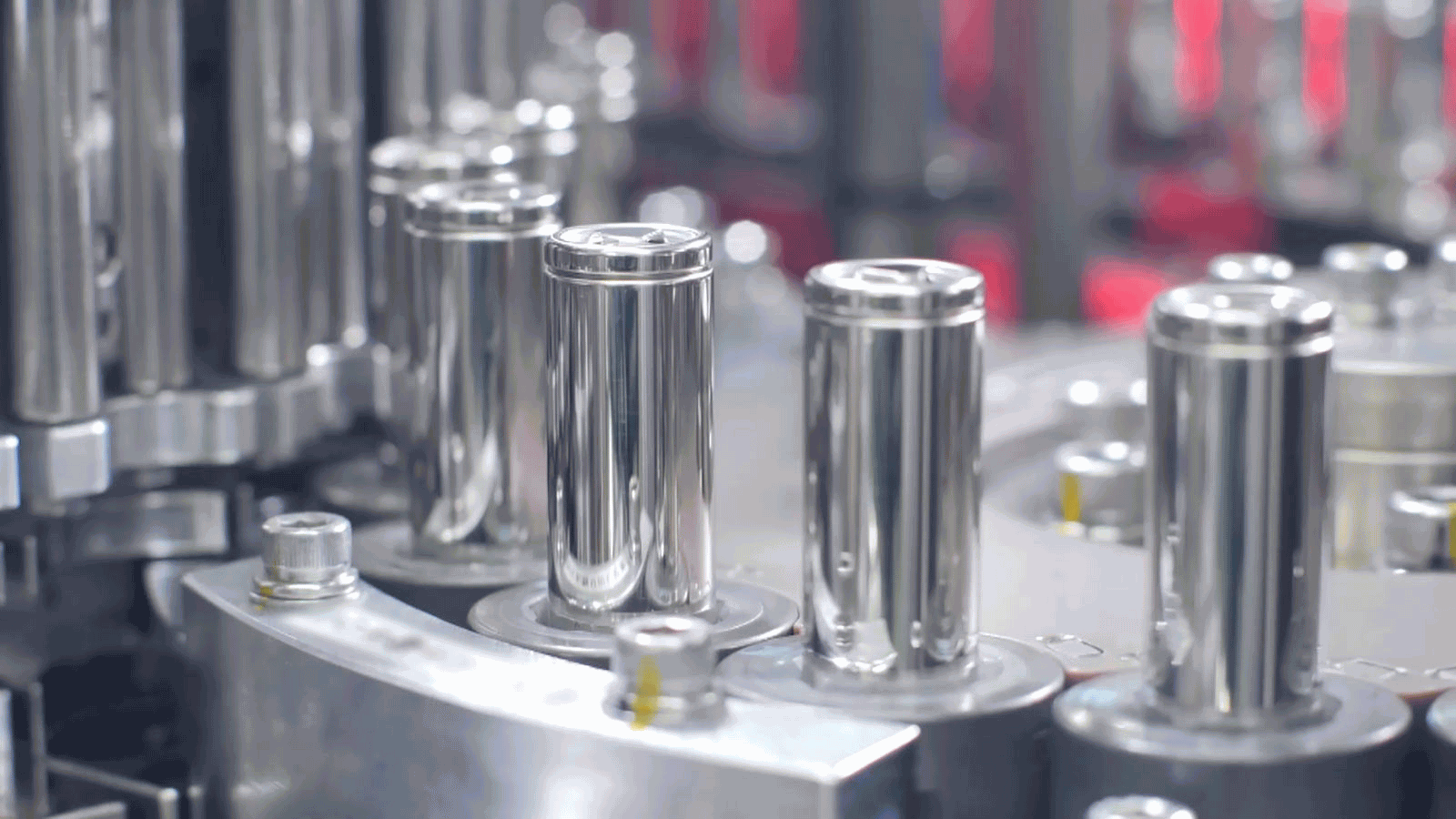
What Type of Battery is a Primary Battery?
Primary batteries, also known as non-rechargeable batteries, are a cornerstone in the world of energy storage technologies. These batteries are designed for one-time use until the chemical constituents that produce electricity are exhausted. Unlike their rechargeable counterparts, once the chemic...Read more -
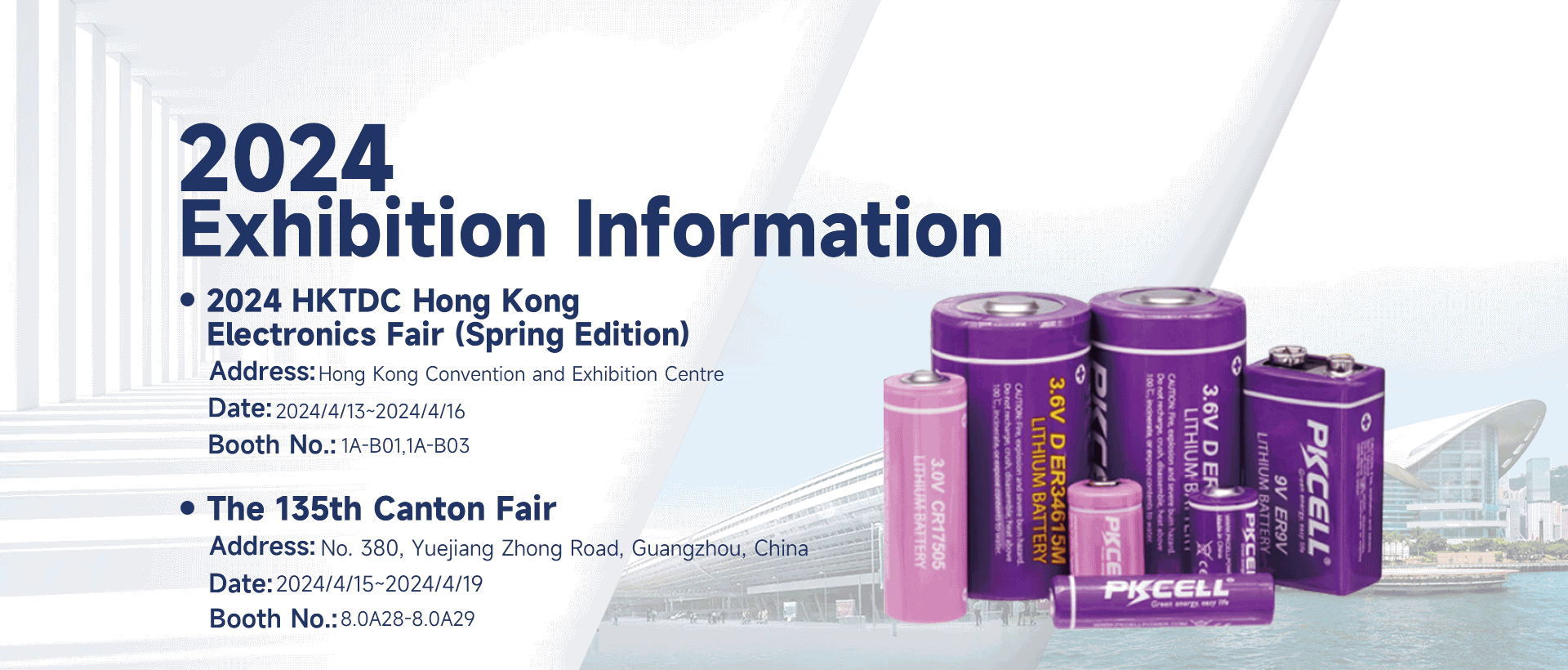
PKCELL Invitation for HKTDC Electronics Fair and Canton Fair-2024
We will attend the HKTDC Electronics Fair and Canton Fair in April 2024. If you have a plan for the exhibition, welcome to visit our booth as follows. Welcome to talk about your battery requirements and learn more about us. PKCELL will be your good partner for the battery business in 2024.Read more




